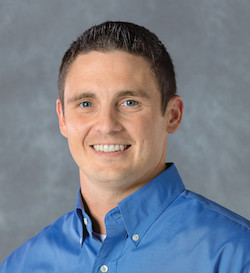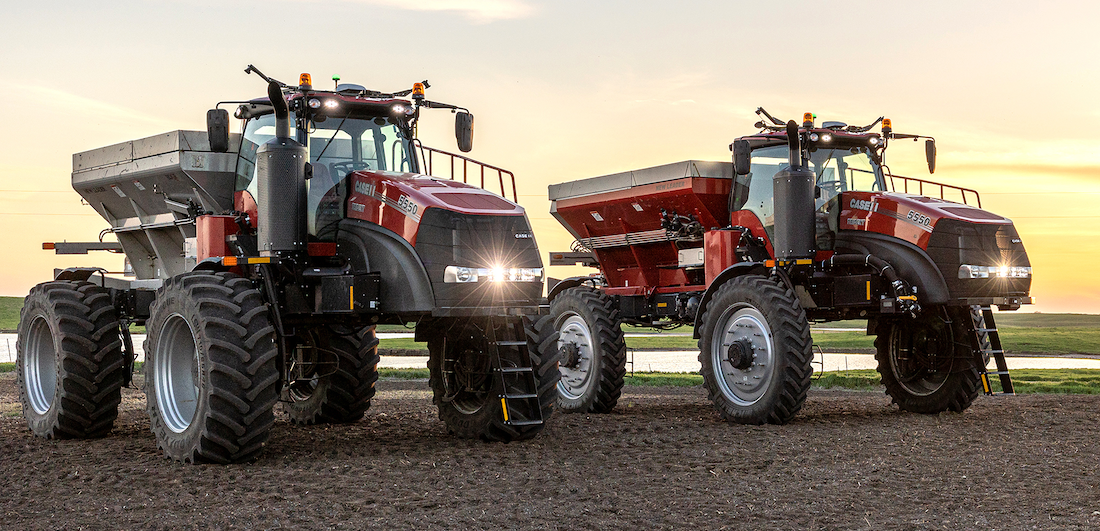Labour and productivity challenges are what the next generation of Case IH equipment has been designed to solve. The company says it’s doing so by incorporating artificial intelligence and autonomous capabilities into both new and existing equipment lines. This builds the foundation for full autonomy and a more flexible farm operation by pairing its traditional customer-driven product design approach with the technical know-how afforded by Raven Industries.
The idea is to create “smart iron” that can accomplish labour-intensive, time-consuming and otherwise monotonous tasks whether the human operator prefers to be in the cab or out. That means generating immediate solutions for growers as the company develops ever-more-reliable and versatile operator-free machines.
Five categories of automation
Case IH considers on-farm automation in five categories: guidance, co-ordination and optimization, operator-assisted autonomy, supervised autonomy and full autonomy. It’s an ascending scale from the now common GPS to hands-free, remote machine operation with monitoring at a distance.
“Every step of our design process is driven by customer feedback. This is huge in autonomy. We have to find solutions to these problems that actually fit what farm operators need.”
Chris Dempsey, Case IH
 Chris Dempsey:
Chris Dempsey:Global Director, Case IH Precision Technology
Case IH global director of precision technology Chris Dempsey says the Case IH Trident 5550 applicator with Raven Autonomy, the latest version of a mainstay spreader, offers an example of how existing iron can reach the next level of operation. Unveiled at the Farm Progress Show 2022, the autonomous spreader has been outfitted with Raven Autonomy to create the industry’s first autonomous spreader. By defining the in-field mission, mapping boundaries and creating a path plan, the machine can work on its own as the overseeing operator monitors from a distance. Dempsey says the cab was retained to give the option of manually operating the machine (if internet connectivity is spotty, for example), and to improve logistics.
“Full autonomy can be an issue for transportation,” he says. “How do you get it from field to field? The cab maintains a flexible solution.”
However, there are challenges to implementing autonomous machines such as the Trident with Raven Autonomy. They include building the confidence of buyers who are used to controlling implements directly.
“It requires more front-end work, especially when you need to do things like change application rates on the fly. You need to look at the data and make decisions ahead of time,” says Dempsey.
“We’re trying to automate pieces and build confidence in parallel. We recognize it’s a big ask for operators to get out of the cab. It’s easier to start with more straightforward tasks like rate control and fertilizer, compared to seeding. You only get one chance at seeding, and farmers need to know what they have is going to work.”
Customer-driven approach
Case IH marketing director Marisa Riley says the rapid integration of Raven automation know-how has allowed both brands to forge increasingly sturdy foundations for future fully autonomous machines. However, she adds hardware and software rely on each other for success.

Marisa Riley:
Director of Marketing, Case IH North America
“It all has to come together. Case IH and Raven hardware plus artificial intelligence software make the Trident autonomous. It’s not that different from what you see in the automotive market. The work on Trident can be applied across platforms. It’s portable. But this is the low-hanging fruit. Spreading application is not complex. It’s important to start with superior iron, and build capability from there.”
Underlying all developments in autonomy are ongoing labour challenges and the need to do more with less — especially time. Riley and Dempsey both emphasize that the purpose of autonomy is not to replace, but enhance the capability of farmers and operators.
“It’s not about replacing anyone. It’s about productivity, and reallocating people so they can do other things while the piece of equipment operates,” says Dempsey.
“Every step of our design process is driven by customer feedback. This is huge in autonomy. We have to find solutions to these problems that actually fit what farm operators need.”










